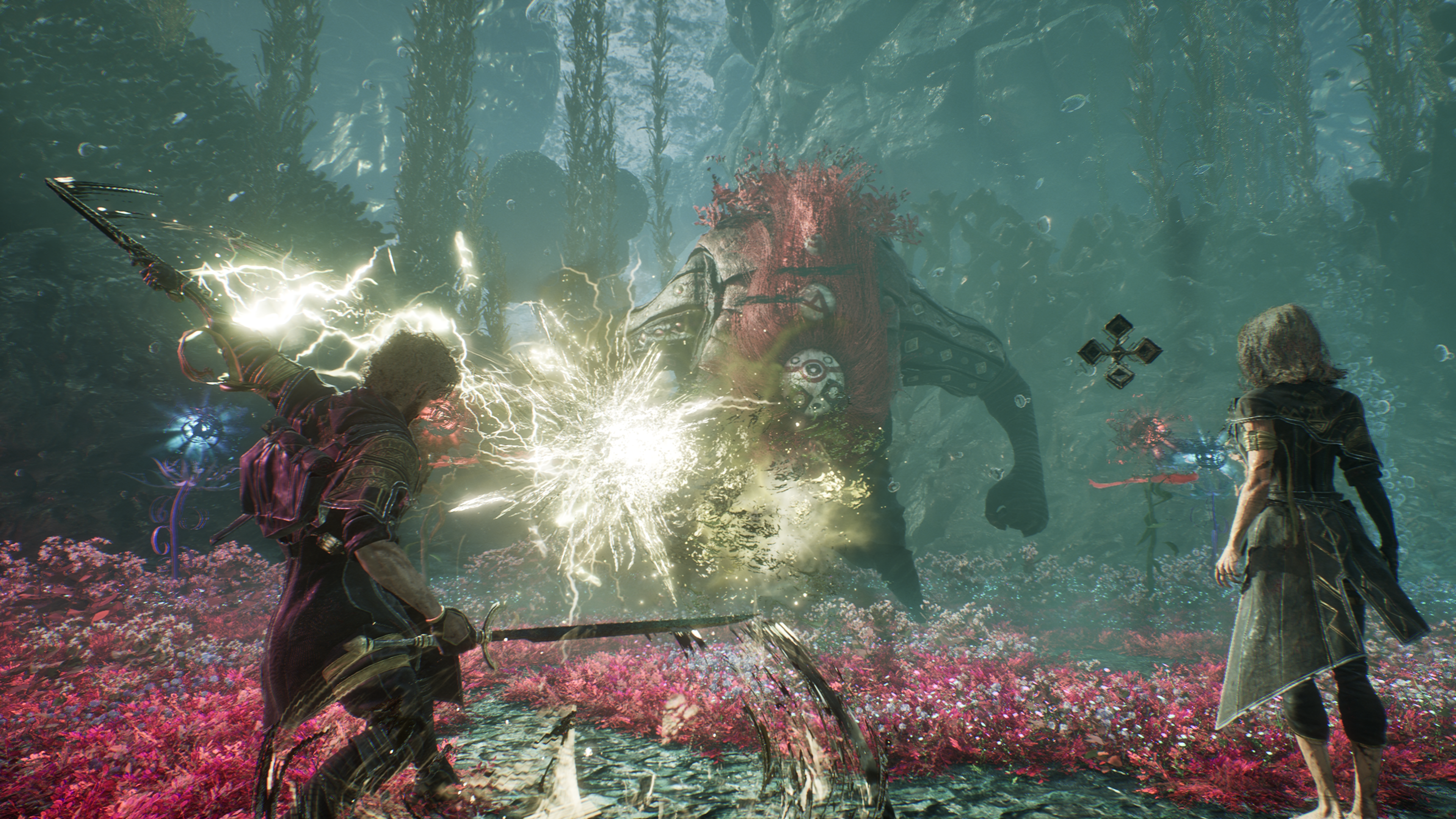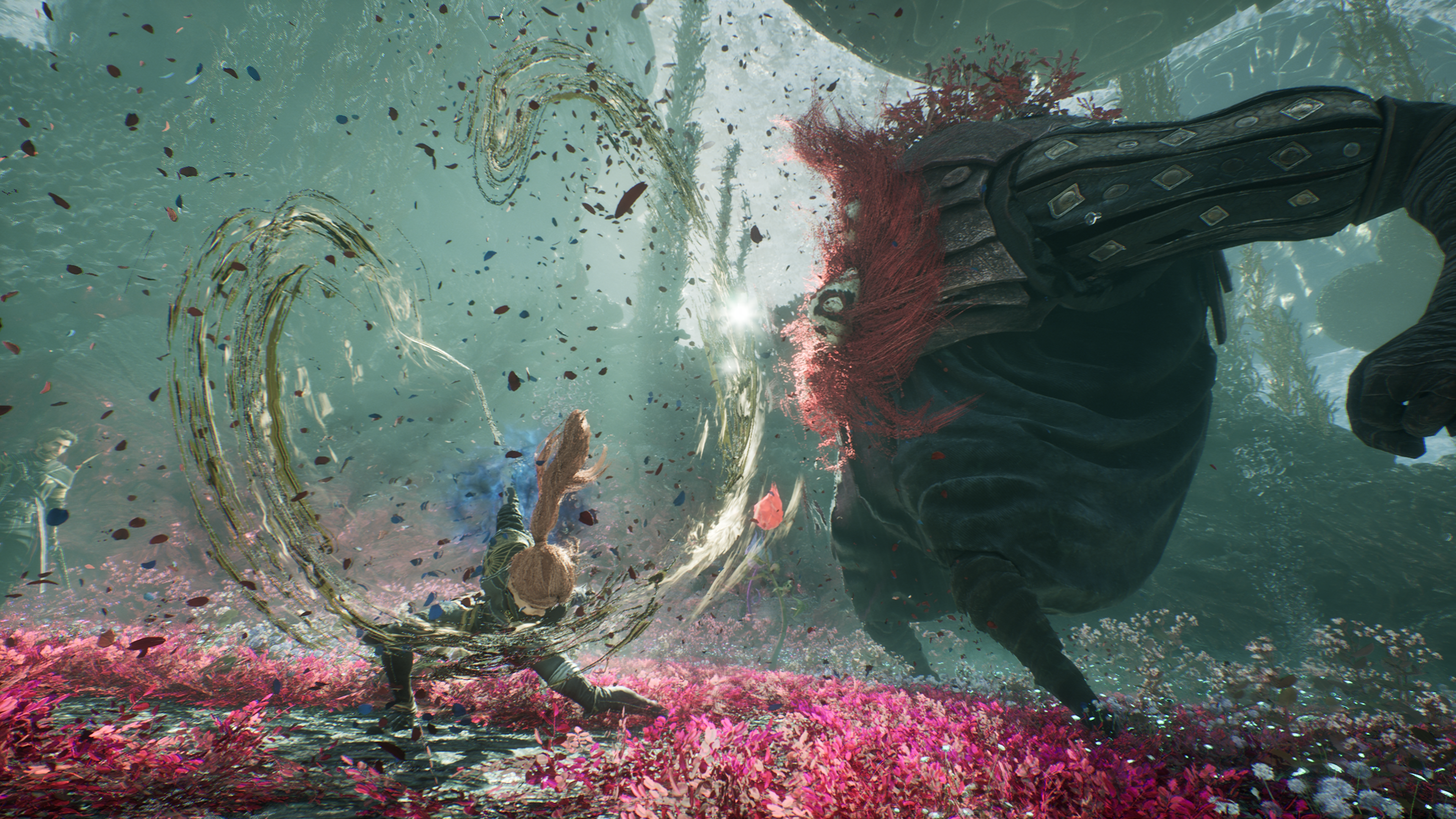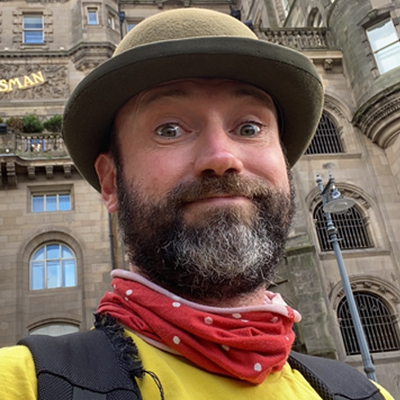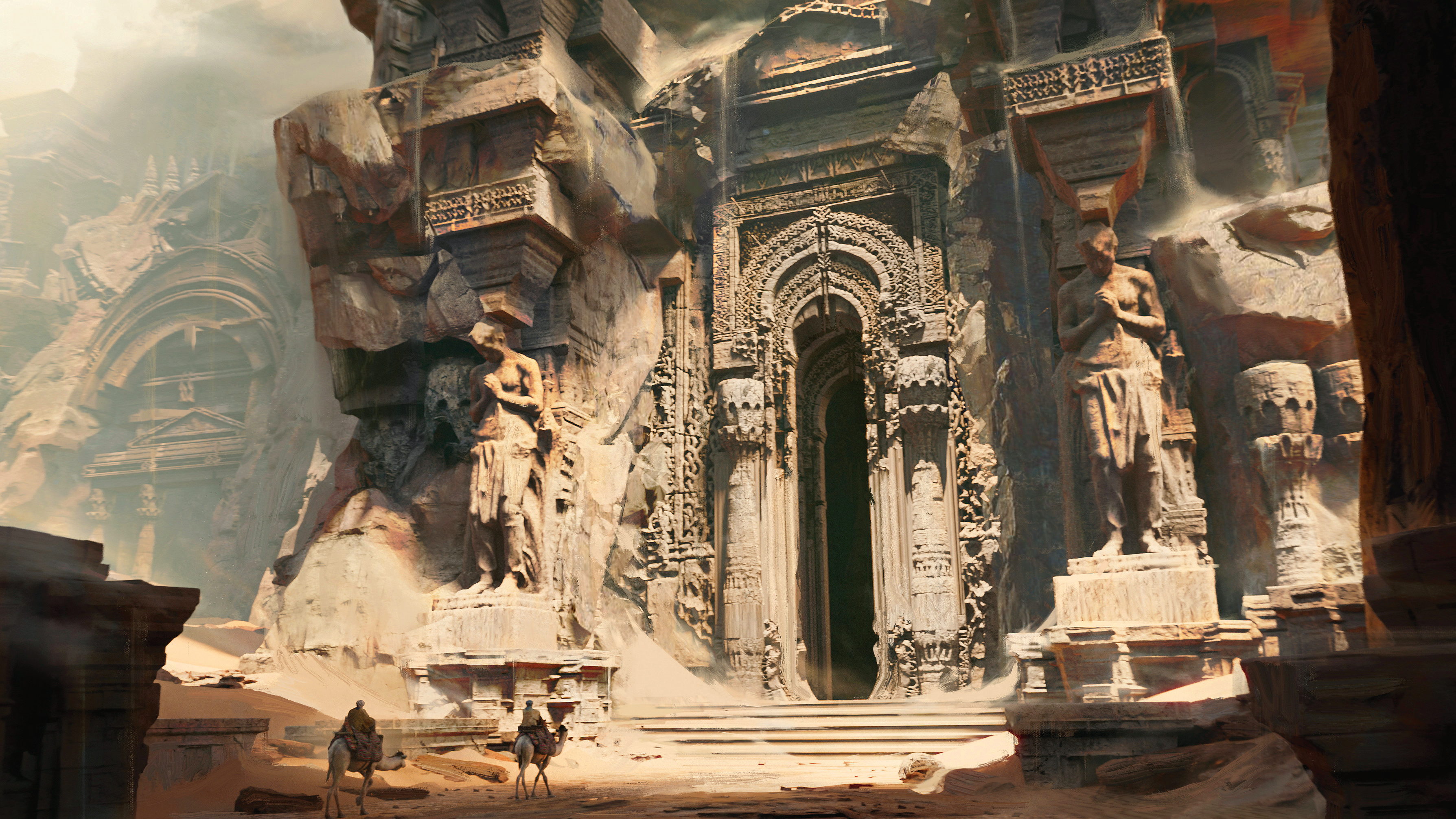Using Unreal Engine 5 “can be a trap”, says the dev behind Clair Obscur: Expedition 33
Sandfall Interactive found there were pros and cons to moving onto UE5, as "people expect AAA quality on all aspects".
Clair Obscur: Expedition 33 releases in 24th April, 2025 for PlayStation 5, Xbox Series X/S and Microsoft Windows PCs (via Steam and Epic Games Store).
Sandfall Interactive had been working on Clair Obscur: Expedition 33 for a number of years before the release of Unreal Engine 5 in 2022, and the team leapt at the chance to upgrade from UE4. “It was a game changer for us,” says Tom Guillermin, CTO and co-founder of Sandfall, and lead programmer on the game. The engine provided powerful lighting and geometry tech in the form of Lumen and Nanite, he says, as well as easing a lot of pain points around things like character creation.
“We were super excited to have a way to have super-high-fidelity characters,” says Tom, referring to the introduction of the Metahuman character creation tool with UE5. Still, switching over to Metahuman from Character Creator was a little tricky at first due to Metahuman’s initially limited customisation options: “We had to find some hacks to resculpt the characters and preserve the rigs on the faces,” he recalls.
Since 2022, however, Metahuman has come on leaps and bounds, and Tom has been delighted with the results. “The performance capture can be integrated with so much fidelity,” he enthuses. He also praises the wealth of documentation associated with Metahuman, and the many “simple projects that you can just download and open up to see how they did this or that feature, or that kind of optimisation.”
Unreal Engine enables small teams to do more

In particular, Tom hails the way that Unreal Engine 5 has allowed Sandfall to punch above its weight, pointing to the “amazing library of assets” UE5 provides, along with Lumen for dynamic lighting and the ability to have “virtually infinite polygons” on screen.
“Those technologies were kind of reserved for bigger studios with big engine development teams,” he says. The team at Sandfall only numbers around 30, but thanks to the advancements of UE5, the graphical level they’ve been able to achieve on Clair Obscur could easily rival that of studios with hundreds of developers at their command.
There is a downside to all this prettiness though. “It can also be a trap, because people can expect AAA quality on all aspects, even the amount of content that we provide,” warns Tom. Clair Obscur might have the good looks of a big-budget game, but with such a tiny team behind it, it simply wasn’t possible to develop the hundreds of hours of gameplay you might expect in, say, a The Witcher or Final Fantasy title. Still, Clair Obscur clocks in at about 30 hours, “which is pretty good,” Tom reckons. “It’s also a sweet spot: we didn't want to have too much content,” he adds, citing the aim to foreground quality over quantity.

Even though Sandfall has benefited hugely from moving over to Unreal Engine 5, the transition wasn’t entirely smooth. Art Director Nicholas Maxson-Francombe says that a lot of the plugins the studio had been using in UE4 didn’t work in UE5, necessitating many hacks and workarounds. “It was a bit of a struggle at first,” he recalls.
Get the Creative Bloq Newsletter
Daily design news, reviews, how-tos and more, as picked by the editors.
Tom adds that although Lumen offers some impressive lighting solutions, the initial switch to this new system completely ruined all of the carefully calibrated lighting the team had already implemented. “We had some locations that had a very specific look to them,” he says, “and we had to retune everything to get back that look.”
Nicholas recalls that the “caves were just too dark” after the switch, adding that certain filters the team had used in UE4 didn’t work with Lumen. “We had to redo a lot of the lighting. Basically everything.”

But one thing that has been a big help is all the 3D assets that Epic regularly gives away (see our article on FAB). “When we started off with Unreal, we used a lot of the free packs that came in monthly,” says Nicholas. “We sometimes reuse some of the stuff and retexture it, remodel it to make it fit our mood and our world. So that really helped in terms of our pipeline. Especially with rocks: you'll find those everywhere.”
We sometimes reuse some of the stuff and retexture it, remodel it to make it fit our mood and our world
Nicholas Maxson-Francombe, Art Director, Sandfall Interactive
He tells me the team does also create its own 3D assets from scratch, but many others are freebies that have been carefully remixed and repurposed. There might be a tendency in some corners of the internet to be a little sniffy about developers repurposing free assets. “But they're there for a reason,” Nicholas points out. “It helps incredibly in terms of time management. So that's what really helped us make this game in so little time.” (Relatively speaking, of course: it’s still taken five years to get to this point, but goodness knows how long it would have taken if every single rock had to be built from scratch.)
Tom adds that it makes sense for the team to focus most of their time on what he calls ‘hero assets’ rather than, say, stones. Things like the elegantly spiralling corals on the Flying Waters level of Clair Obscur. “That's what makes the level stand out, in the end, more than having, like, super rocks.”
“It's really thinking of those unique shapes that will be the landmark of your level,” adds Nicholas. It’s about putting effort into the things that stand out, and spending less time on the things that “no one's going to ever look at”.
What do you think of Clair Obscur: Expedition 33 and its deft use of Unreal Engine 5? Get in touch in the comments below and tell us what you think.

Thank you for reading 5 articles this month* Join now for unlimited access
Enjoy your first month for just £1 / $1 / €1
*Read 5 free articles per month without a subscription

Join now for unlimited access
Try first month for just £1 / $1 / €1

Lewis Packwood has been writing about video games professionally since 2013, and his work has appeared in The Guardian, Retro Gamer, EDGE, Eurogamer, Wireframe, Rock Paper Shotgun, Kotaku, PC Gamer and Time Extension, among others. He is also the author of Curious Video Game Machines: A Compendium of Rare and Unusual Consoles, Computers and Coin-Ops (White Owl, 2023).
You must confirm your public display name before commenting
Please logout and then login again, you will then be prompted to enter your display name.
